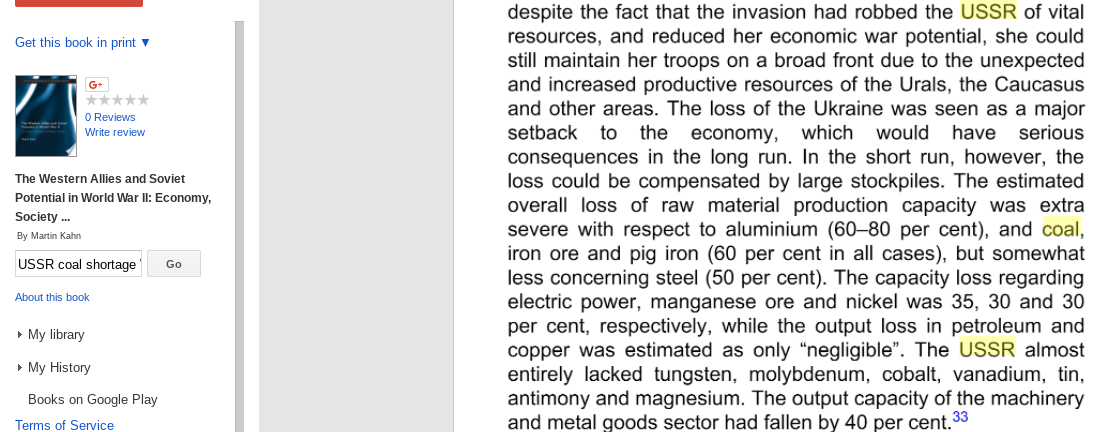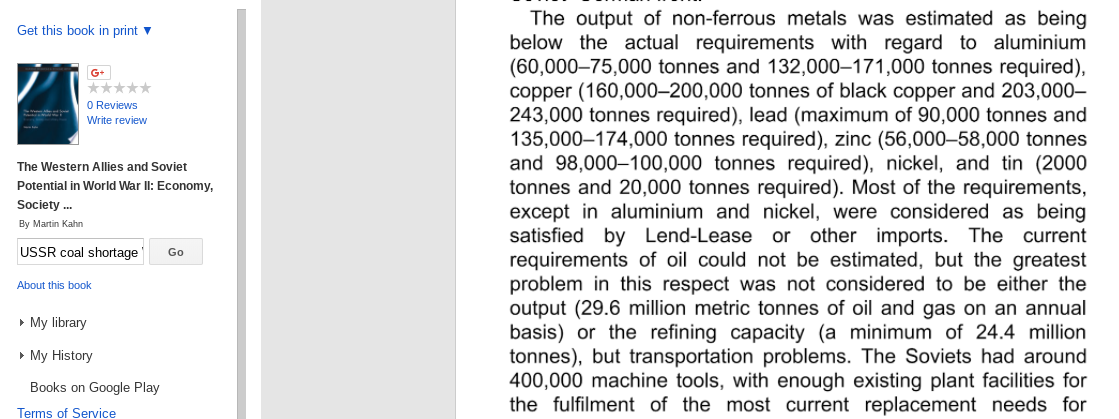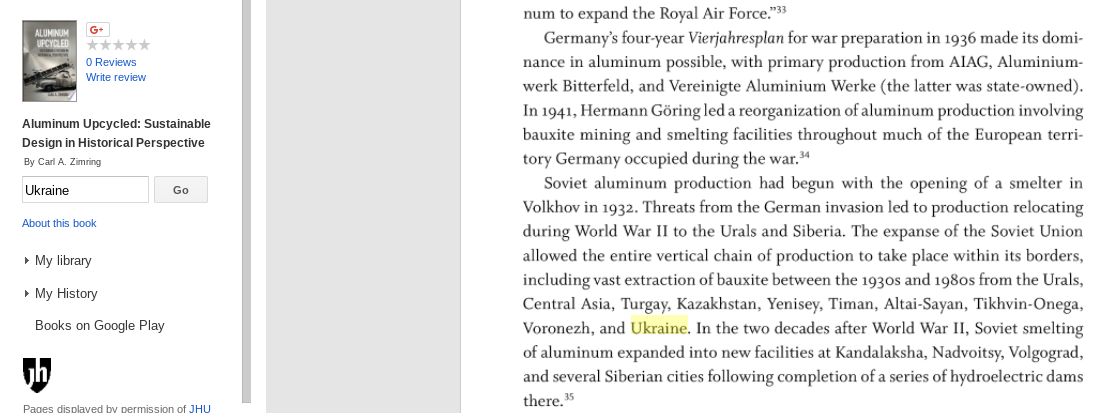On the basis of the Tikhvin deposit's potential, 1929's Decree of Government Structures by the Soviet of Labor and Defense approved the construction of two aluminum complexes—one in Volkhov and one in Dnepr. Combined, these sites, with their alumina production lines and hydroelectric power, would have an annual aluminum production capacity of 20,000 tonnes. As a result, full development of the Tikhvin bauxite mine began in 1929; in 1930, construction of the Volkhov and Dnepr aluminum smelters began. The construction proved challenging owing to a general lack of engineering and design experience with aluminum smelters and the need to incorporate the new alumina production technology. Thus, the French company Ale Forge Comarg was commissioned to assist with developing the production facilities. On September 14, 1932, the first alumina was produced at Volkhov using Tikhvin bauxite. In April 1934, alumina production from Tikhvin bauxite began at Dnepr.
During the construction of the Volkhov and Dnepr smelters, it was decided to increase the country's total aluminum production capacity to 70,000 t/y. The decision was based, in part, on the 1931-1932 discoveries of additional bauxite deposits in the Ural Mountains. Hence, two new alumina production facilities were planned—a 40,000 t/y plant near the Tikhvin mines and a 60,000 t/y plant in the Urals. The Tikhvin plant used a wet-mix variation of the alumina production technology employed at the Volkhov complex.
In 1933, development of the bauxite mines near Nadejdinsk (currently known as the Northern Ural bauxite mines) was initiated, as was construction of the Ural aluminum complex. This complex was built near Kamensk-Ural because of the nearby bauxite and coal reserves. The project stipulated construction of an accompanying 70,000 t/y alumina facility that would employ the Bayer method to treat the local hydrorhillite bauxite. However, after reassessing the quality of the diaspore Northern Ural bauxite deposits, it was decided to instead employ a novel autoclave method of bauxite digestion. In some stages of the construction, design concepts from Pechiney were employed. In 1939, the first alumina was produced at the Ural complex.
In 1941, there were four alumina plants in the Soviet Union. With the German invasion of Russia, however, this situation changed drastically:
- Operations in the European part of the country were shut down. Equipment from the Dnepr and Volkhov complexes as well as the Tikhvin alumina plant were dismantled and sent to the Urals.
- The construction of a new alumina plant in Northern Ural as part of the aluminum smelter in Bogoslovsk (today known as Krasnoturjinsk) was changed considerably—incorporation of a Bayer processing plant was abandoned in favor of the sintering method because of the availability of the dismantled equipment from the Tikhvin plant.



